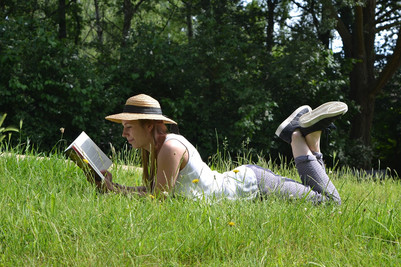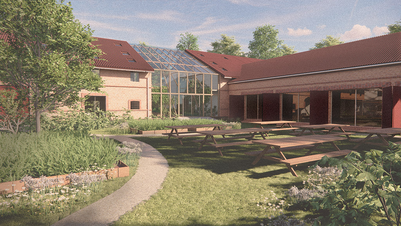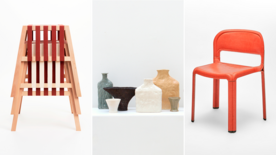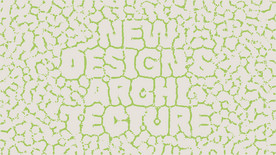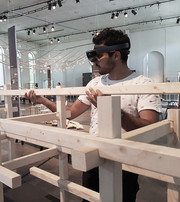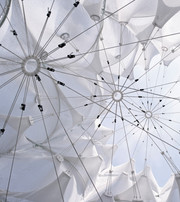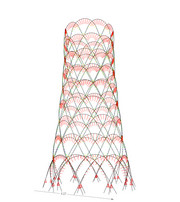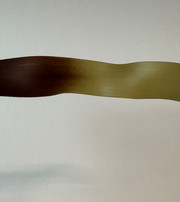
Mary Katherine Heinrich: Self-organizing, -adaptive, and hybrid robotic control in architectural technology
This PhD occurred under the EU H2020 Future and Emerging Technologies (FET) project flora robotica. The main objectives of flora robotica were to develop plant-robot bio-hybrids and investigate closely linked symbiotic relationships between swarms of robots and the self-organized decision-making processes of natural plants.
The main topic of the PhD was swarm robotics for construction automation.
Robotic control for construction automation and building adaptation represents a quickly developing field of research, spanning applications in several sectors. Embedded mechatronics or smart building systems may sense and respond to complex systems such as climate, city dynamics, or occupancy dynamics, while on-site construction robots may operate in strongly unstructured environments.
In such complex or highly stochastic conditions, certain tasks stand to benefit from self-organized or self-adaptive robotic control and communication, which can offer attractive features like robustness in uncertain conditions. The process of designing for and constructing with self-organized control has thus far been underexplored in architectural research. As these technologies inherently involve nondeterministic behaviors, or some degree of random events, their use will require new approaches from those currently dominant in architecture, engineering, and construction sectors, which largely depend on predetermined outcomes.
This thesis develops approaches for design and implementation of architectural technology that uses self-organizing or self-adaptive robotic control, inclusive of hybrid systems. It investigates methods for steering such engineered systems in simulation and reality setups, using approaches from evolutionary robotics, machine learning, interactive evolution, and complex systems science.
Development of the thesis proceeds within the context of a bio-hybrid robotics project, which explores collaborative decision-making between plants, robots, and human occupants. Within the broader field of architecture, the thesis contributes to key topics of bio-hybrids, self-organization, complex systems analysis, high-level objectives for low-level control, and the incorporation of human judgment within real-time adaptation. The individual studies are interdependently related as mechanisms within a posited “self-building” framework, which encompasses self-organizing, -adaptive, and hybrid robotic control within both construction automation and embedded mechatronics in buildings and infrastructure.
This project has received funding from the European Union's Horizon 2020 research and innovative programme under the FET grant agreement no. 640959.
Project consortium members
The project consortium members, in addition to those at CITA, are Heiko Hamann, Mostafa Wahby, and Mohammad Divband Soorati at the Swarm Intelligence Group of the University of Paderborn ; Przemyslaw Wojtaszek and Tomasz Skrzypczak at the Department of Molecular and Cellular Biology ; Serge Kernbach, Olga Kernbach, and Igor Kuksin at Cybertronica Research ; Kasper Stoy, Sebastian Risi, Laura Beloff, Andrés Faiña, and Frank Veenstra at the Robotics, Evolution and Art Lab of the IT University of Copenhagen ; and Thomas Scmickl, Payam Zahadat, Daniel Hofstadler, Bianca Pichler Thier, and Sibylle Hahshold at the Artificial Life Lab of the Karl-Franzens-University Graz .




